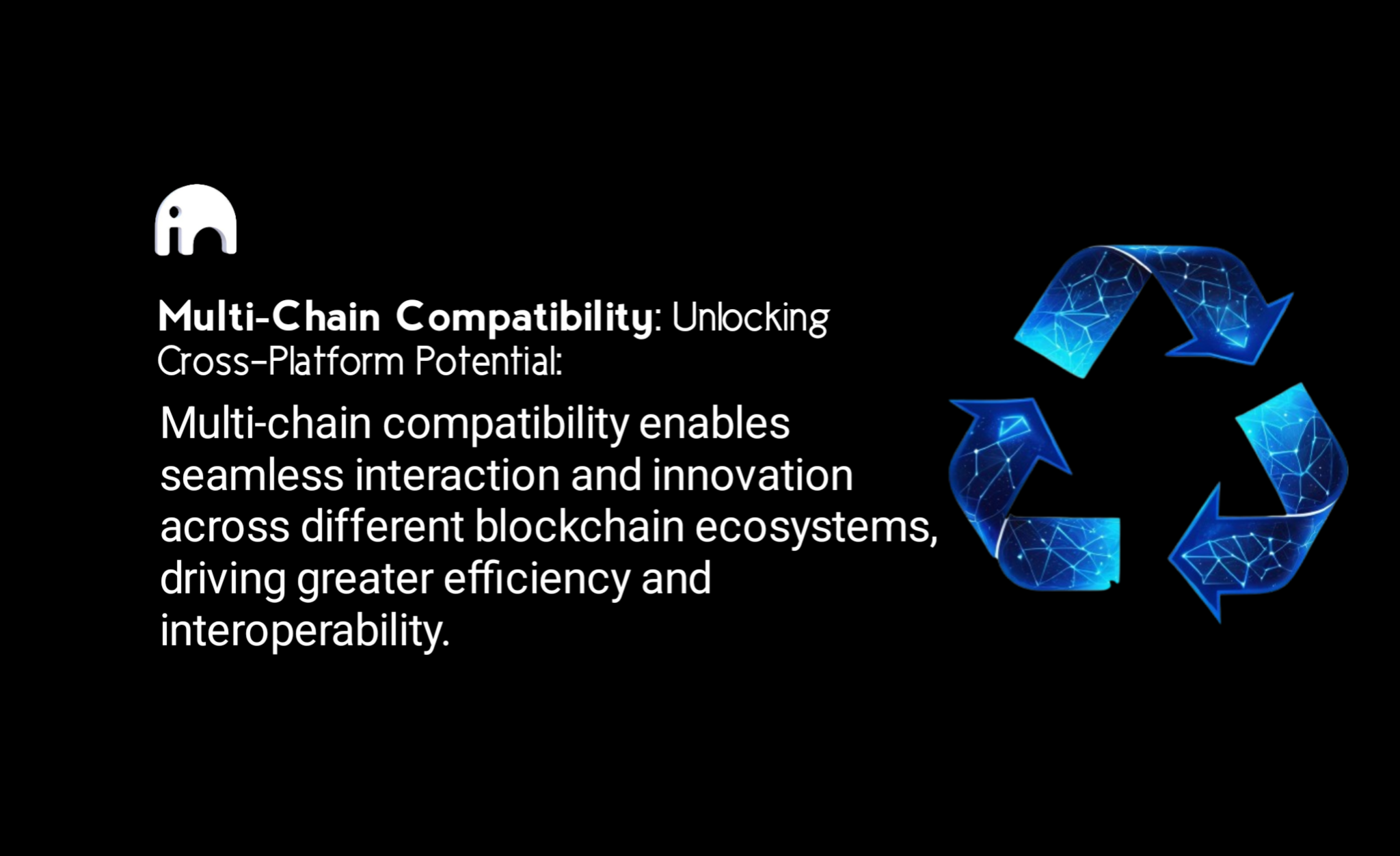As someone deeply invested in the potential of Web3 and decentralized ecosystems, I found AR.IO’s updated whitepaper to be a significant step forward. The enhancements in staking, governance, tokenomics, and usability redefine how decentralized systems operate. However, what truly excites me is how these advancements translate into real-world applications that simplify and enhance user experience
Here’s an in-depth look at these updates and their practical implications.
Flexible Staking and Redelegation: Solving Real-World Challenges
The introduction of stake redelegation offers a practical solution for users and gateway operators. For instance, imagine a gateway operator reallocating stakes during periods of high network traffic to optimize performance. This dynamic approach ensures efficient resource distribution, maintaining seamless functionality for the network.
Additionally, the expedited withdrawal fee system addresses a common pain point: liquidity. Users can now withdraw their stakes instantly, bypassing lengthy waiting periods. These innovations create a more flexible, user-centric staking model that adapts to the needs of both operators and participants, enhancing the ecosystem’s accessibility and utility.
Primary Name Protocol (ArNS): Simplifying Web3 Identity Management
The Primary Name Protocol (ArNS) is a groundbreaking addition that streamlines identity management in Web3. By introducing unified digital identities, ArNS eliminates the need for multiple credentials across platforms.
Consider this: a content creator can use their Primary Name to manage data uploads on ArDrive, interact with decentralized social media platforms, and even access NFTs—all under one identity. This cohesive system enhances usability, making the Web3 experience more intuitive and efficient.
Furthermore, the shift to the Returned Name Premium system democratizes name reclamation, ensuring broader participation in ArNS governance. By moving away from auctions to a premium-based model, AR.IO improves accessibility and governance transparency.
Multi-Chain Compatibility: Unlocking Cross-Platform Potential

AR.IO’s move toward multi-chain compatibility is a significant leap in enhancing blockchain interoperability. Supporting chains like Ethereum and Solana enables IO tokens to function seamlessly across different ecosystems.
For example, developers can leverage Ethereum’s robust security for staking while utilizing Solana’s speed for DeFi applications. This dual-chain capability provides an optimized user experience, enabling smoother interactions and expanding the token’s utility. Such compatibility not only fosters innovation but also positions AR.IO as a hub for cross-chain collaboration.
Interconnected Governance and Incentive Systems
AR.IO’s updates to governance and reward models demonstrate its commitment to decentralization and scalability. The shift from weekly to daily epochs ensures more frequent reward distributions, while the new reward split model (90/10 for gateways and observers) promotes fairness and decentralization.
These changes tie seamlessly with features like stake redelegation, creating a tightly integrated system where governance decisions directly impact staking and reward mechanisms. By involving the community in decision-making, AR.IO aligns its development with user needs, fostering a collaborative ecosystem.
Call to Action

AR.IO’s whitepaper updates aren’t just technical innovations—they’re practical solutions to real-world challenges in scalability, governance, and usability. From flexible staking and Primary Names to multi-chain compatibility, the platform is setting a new standard for decentralized ecosystems.
Now is the time to get involved. Explore AR.IO’s features, participate in its growing community, and be part of the decentralized future. Visit ar.io to learn more and take the first step toward shaping Web3’s future.




评论 (0)